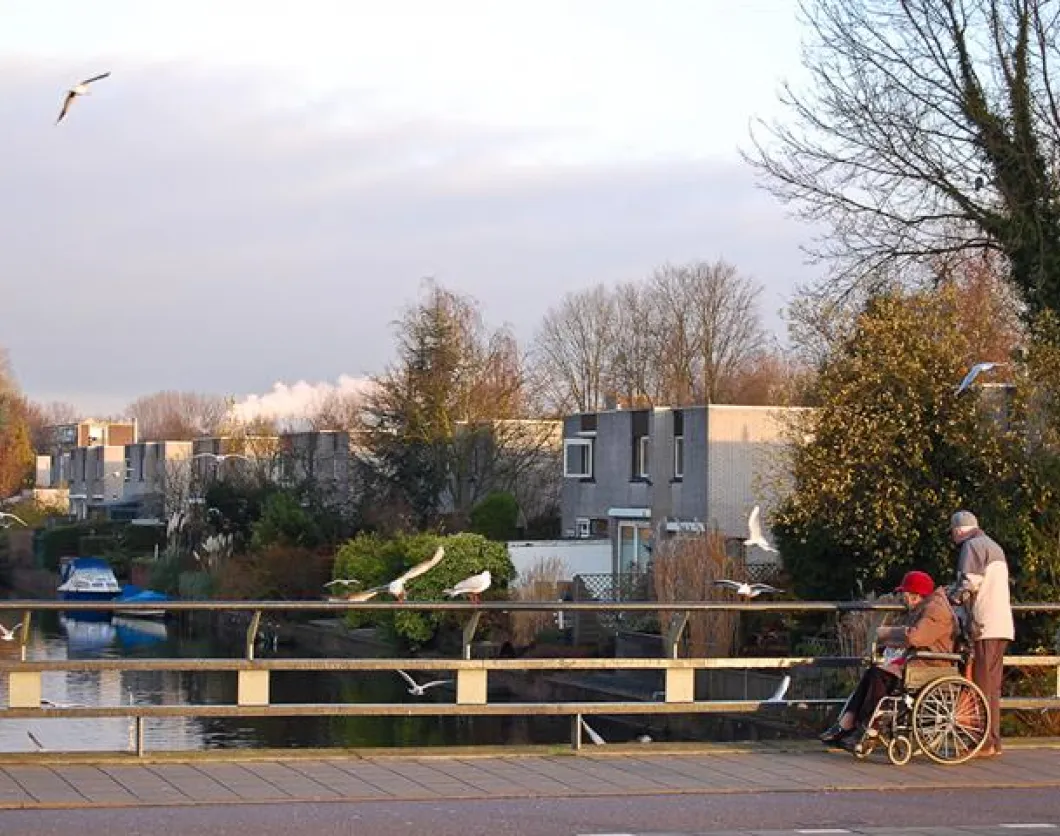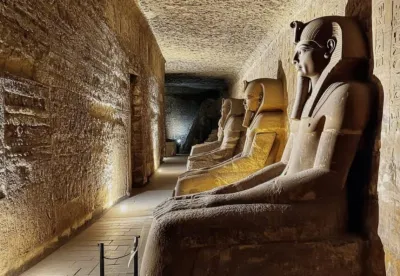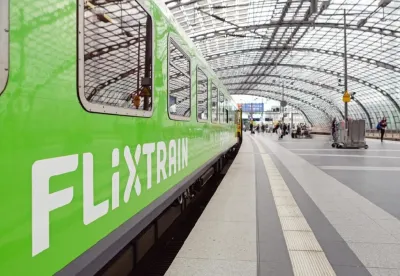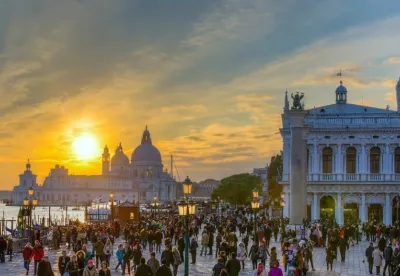There are many things that make a city and its destinations accessible to people with physical disabilities. First and foremost factor is a barrier free airport and transport system that is suitable for people with movement disabilities. In pursuit of promoting accessible tourism, several major cities have undergone a lot of tweaks and changes. Spain is certainly one of the greatest examples, as the government is taking positive steps to ensure its cities are accessible by all, irrespective of their physical disabilities.
Spain is one of the only few countries to guarantee easy access to all its cultural sites. This is not just a vague claim as the country has taken tremendous initiative in making sure the routes leading up to its tourist interest points are wheelchair friendly and are not blocked by barriers.
The country has also introduced new transport standards and urban planning rules to achieve this target. Among the many changes, Avila's city wall is surely worth mentioning as new access points were recently constructed to aid easy access for people with movement disabilities. This change is not just restricted to accessibility of famous monuments and attractions as several restaurants, nature parks, museums and hotels are also gearing up to achieve the national goal of making the sights accessible to all.
Apart from making an effort to create spaces and routes that can be easily travelled by people with disabilities, Spain has also introduced several guided tours and specialized services. Although all Spanish cities are part of this national change, two cities recently received a special mention during the Access City Awards 2013 for their innovative approach towards accessible tourism – Pamplona and Bilbao.
Pamplona
Famous for its San Fermin festival, the city attracts thousands of visitors from all over the globe. The city of Pamplona was awarded at the Access City Awards for successfully creating accessible urban environment. The city was designed and built to ease the mobility of disabled people. Urban environment is full of structures varying in height and complexity, this is where specialized elevators, ramps, and foot bridges have truly made the difference in the city.
It all started with a formal 4-year plan that aimed to renovate local structures and roadways to increase the city's accessibility. At the end of it all the city was transformed into space that makes it one of the best accessible tourist destinations in the world.
All the pavements in the city were lowered so that people with wheelchairs can easily use them without any need of assistance. The city also significantly reduced its traffic congestion by constructing new bicycle paths and strengthening its local transport system.
Apart from lowering traffic levels, Pamplona now has several fitness parks for elderly individuals and accessible playgrounds. The city has also successfully increased the accessibility of its Citadel Park by making the walls totally accessible by wheelchair. Among the many other smaller changes, the city has also placed numerous controllers that can be activated by disabled people to control the traffic lights. All of these small alterations coupled with the big infrastructural changes together have transformed Pamplona into a shining example of a city's effort to promote accessible tourism.
Bilbao
While Pamplona was awarded for its urban developments, Bilbao received a special mention during the awards for its effective use of communication technology to aid people with disabilities. The first and probably one of the most important changes was the introduction of Bilbao Click offices. These independent electronic offices can be used to complete several administrative functions. These easy to access offices work irrespective of regular working hours.
The city has also successfully redesigned and transformed its information kiosks and public office desks to increase their accessibility by wheelchair users. The first visible change is in the height of these desks, which has been significantly lowered. Public offices have also been fitted with easy to read digital display panels to aid people with hearing disabilities. These changes may seem small but together they successfully reduce the daily challenges faced by handicapped people.
The municipal website also follows the city's policy towards aiding disabled people as it has been designed to be accessed by all. It supports tabbed browsing enabling people who cannot use the mouse to effectively browse its pages. The website also comes with ReadSpeaker, a feature that converts any text content in the site into high quality digital voice. To guide the elderly, hearing, and speech-impaired individuals, the website also features a 24 hours ‘telecare’ service. These technological tweaks follow Spain's overall policy and will now most likely be part of many official websites in the country.











